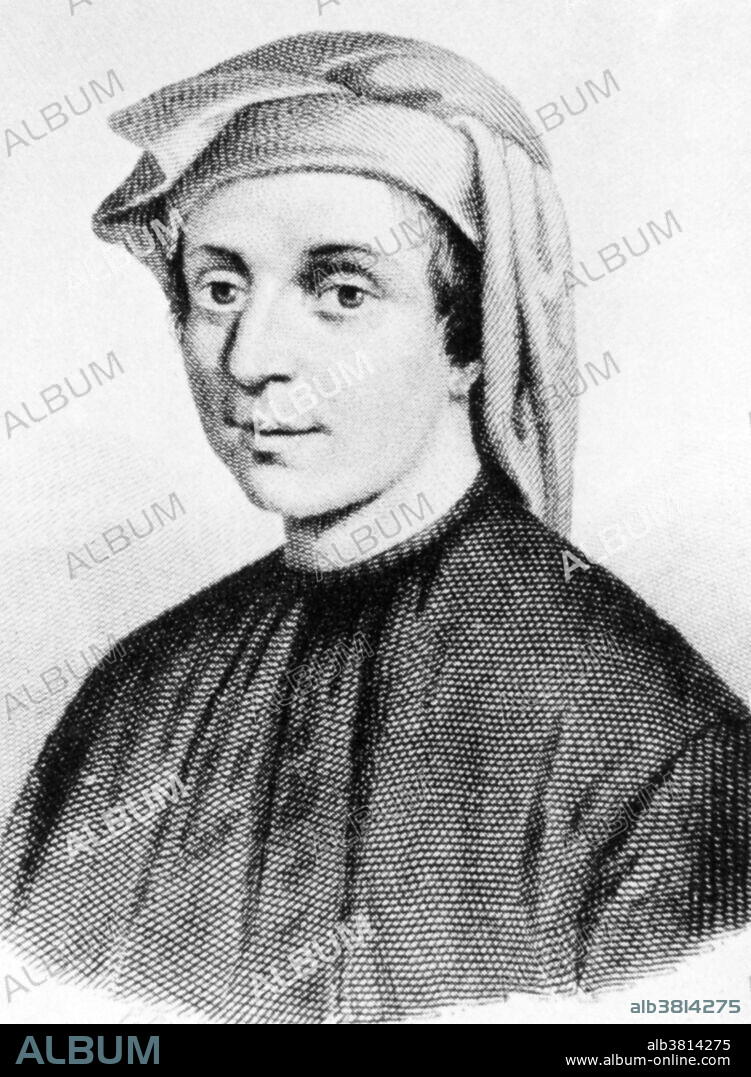alb3814275
Leonardo Fibonacci, Italian Mathematician

|
Ajouter à une autre Lightbox |
|
Ajouter à une autre Lightbox |



Avez-vous déjà un compte? S'identifier
Vous n'avez pas de compte ? S'inscrire
Acheter cette image

Titre:
Leonardo Fibonacci, Italian Mathematician
Légende:
Voir la traduction automatique
Leonardo Pisano Bigollo (1170 - 1250) or simply Fibonacci, was an Italian mathematician, considered by some the most talented western mathematician of the Middle Ages. Recognizing that arithmetic with Hindu-Arabic numerals is simpler and more efficient than with Roman numerals, Fibonacci traveled throughout the Mediterranean world to study under the leading Arab mathematicians of the time. In 1202, at age 32, he published what he had learned in Liber Abaci (Book of Abacus or Book of Calculation), and thereby popularized Hindu-Arabic numerals in Europe. Liber Abaci also posed, and solved, a problem involving the growth of a population of rabbits based on idealized assumptions. The solution, generation by generation, was a sequence of numbers later known as Fibonacci numbers. In the Fibonacci sequence of numbers, each number is the sum of the previous two numbers, starting with 0 and 1. This sequence begins 0, 1, 1, 2, 3, 5, 8, 13, 21, 34, 55, 89, 144, 233, 377, 610, 987 and so on. He died in 1250 at the age of 80.
Crédit:
Album / Science Source / Library of Congress
Autorisations:
Modèle: Non - Propriété: Non
Questions sur les droits?
Questions sur les droits?
Taille de l'image:
2520 x 3438 px | 24.8 MB
Taille d'impression:
21.3 x 29.1 cm | 8.4 x 11.5 in (300 dpi)
Mots clés:
13E SIECLE • 13EME S • CÉLÈBRE • CELEBRITE • EUROPÉEN • MATHEMATICIEN • MATHÉMATIQUE • PERSONNAGES • PERSONNALITÉS • PERSONNE • TREIZIÈME SIÈCLE • XIIIE SIECLE
 Pinterest
Pinterest Twitter
Twitter Facebook
Facebook Copier le lien
Copier le lien Email
Email
